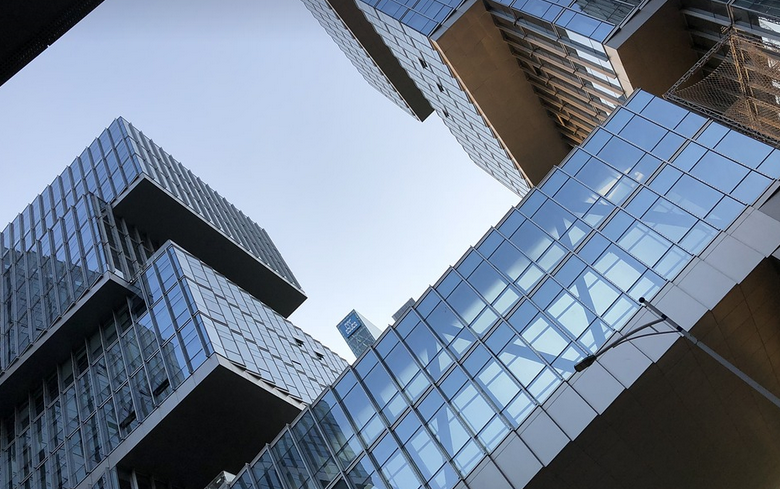What is Mill and Overlay Asphalt?
Imagine a busy road, worn down but with a smooth, even surface beneath it all. That’s the magic of mill and overlay asphalt – a technique used to renew aging roads and bridges by adding a fresh layer of asphalt on top.
Mill and overlay is like giving your road a facelift. It involves carefully removing the existing asphalt pavement (the “mill”) down to a solid base, then laying down a new layer of compacted asphalt (“overlay”) to create a durable and smooth surface.
This process is more than just applying another layer of asphalt; it’s about addressing underlying issues that contribute to road deterioration. The milling removes damaged sections, while the overlay provides a fresh start with improved load-bearing capacity, smoother driving experience, and enhanced aesthetics.
Why Choose Mill and Overlay?
There are many reasons why this technique is so widely used in construction and maintenance projects:
- **Durability:** Mill and overlay addresses the problem of pavement deterioration by removing damaged layers and replacing them with fresh asphalt. This ensures a longer lifespan for the road, significantly reducing future repairs.
- **Improved Functionality:** The new overlay adds extra strength and elasticity to the surface, making it more resistant to heavy traffic, weather changes, and potholes. This leads to smoother rides for drivers and safer commuting experiences.
- **Cost-Effectiveness:** While initial investment may seem high, mill and overlay is often a cost-effective solution compared to full reconstruction projects. It extends the life of existing roads while minimizing disruption.
- **Enhanced Aesthetics:** The fresh layer of asphalt adds a gleaming finish, not just in terms of appearance but also in extending road durability in harsh weather conditions.
The Process: Step by Step
The process involves several meticulous steps to ensure a seamless and successful result:
- **Inspection and Assessment:** Engineers first analyze the existing road, identifying areas needing attention. This includes assessing pavement thickness, condition, and load-bearing capacity.
- **Milling:** The milling phase comes next. Specialized machines carefully excavate the old asphalt layer down to a solid base. These machines ensure precise removal, minimizing damage to surrounding structures and ensuring proper alignment.
- **Preparation:** Once the old pavement is removed, a strong sub-base is laid down to provide stability for the new overlay. This can involve compacting gravel or using other materials depending on local conditions and design requirements.
- **Overlay Application:** The asphalt mixture is then spread evenly over the prepared sub-base using specific techniques like paving machines and rollers. The thickness of the overlay layer varies, depending on traffic volume and expected lifespan of the road.
- **Compaction and Finishing:** After the asphalt settles, it undergoes compaction to remove air pockets and ensure a uniform and strong surface. This process ensures the new layer is stable and durable for years to come.
The Benefits: Beyond the Basics
Beyond the obvious benefits of improved road performance, mill and overlay offers several advantages when considering sustainability and environmental impact:
- **Reduced Waste:** Mill and overlay minimizes the amount of waste generated compared to full-scale reconstruction. This is because only a portion of the existing pavement needs replacement.
- **Minimized Environmental Impact:** The process uses less fuel and generates fewer emissions than traditional road construction methods, contributing to cleaner air quality and reduced carbon footprint.
- **Increased Life Expectancy:** A well-maintained road surface with proper overlay significantly extends its lifespan. This reduces the need for frequent repairs and minimizes future environmental impact from increased road maintenance.
Mill and Overlay: A Future of Smooth Roads
As our roads and infrastructure become increasingly vital to our daily lives, ensuring their smooth functionality is paramount. Mill and overlay asphalt plays a crucial role in this endeavor, offering a reliable and sustainable solution for renewing aging roadways while minimizing environmental impact.
The technique combines efficiency and durability, allowing engineers to address road issues effectively, ultimately contributing to safer and more enjoyable driving experiences. With careful planning and implementation, mill and overlay promises a future of smoother, longer-lasting roads that can withstand the challenges of everyday use.
